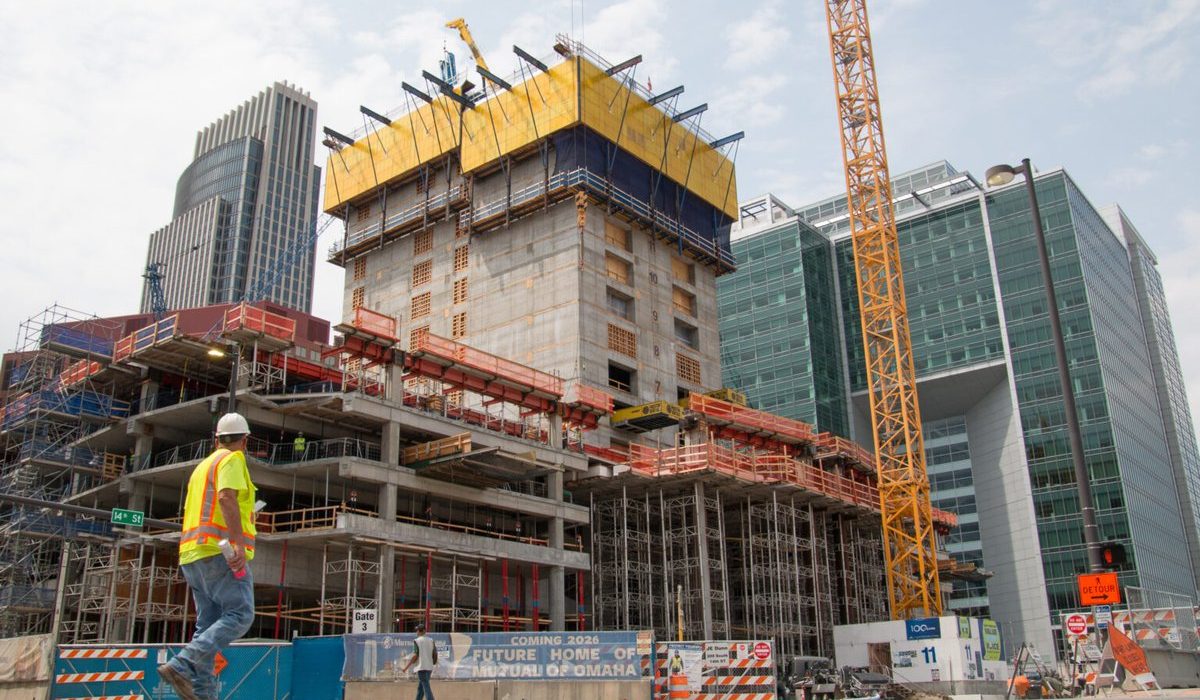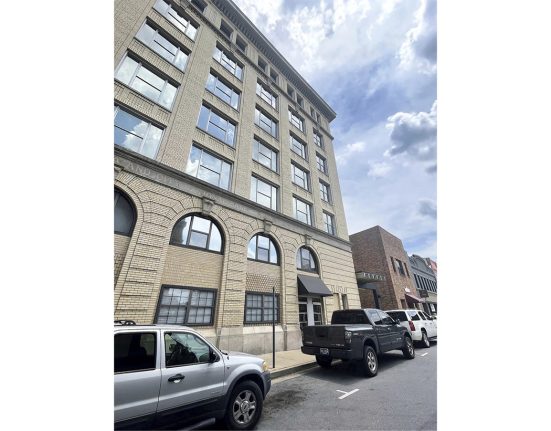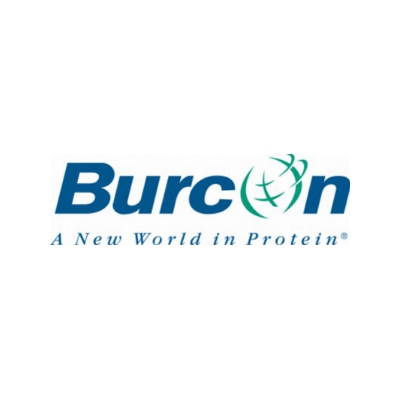There’s no simple explanation for that growth, economists and business leaders say.
Jobs in the industry stayed relatively flat, but wages rose at double the national average, according to data compiled by the Greater Omaha Chamber. On paper, it appears that high worker productivity contributed to the high output, Decker said.
The industry’s fast adaptation during the pandemic may have propelled the growth.
In 2020, Nebraska banks emerged as early leaders in helping businesses access forgivable loans through the federal Paycheck Protection Program, said Lydell Woodbury, chairman of the Nebraska Bankers Association.
At Woodbury’s First Nebraska Bank in Valley, employees worked on businesses’ applications until 3 or 4 a.m., he recalls.
When the applications got approved, the money allowed businesses to stay afloat and keep their workers employed, Woodbury said. Banks, in turn, had financially healthier clients that could repay loans and avoid foreclosures.
State leaders opted for a quick reopening of the economy, and businesses were ready for it, Woodbury said.
“The reason we did better is because we stayed steady. We didn’t have a whole bunch of layoffs,” Woodbury said. “We didn’t have to start trying to ramp back up completely. We had a structure.”
It might sound corny, Woodbury said, but Nebraskans are resilient, and their comeback from the pandemic fueled the economic gains realized later on.
Some big-name financial and insurance companies have also seemingly contributed to the industry’s growth.
Fiserv, a Wisconsin-based financial technology firm that employs more than 5,000 people in the metro, increased its production in two core business functions by about 6% in 2022 without significantly boosting its workforce, said spokesman Chase Wallace.
The Omaha boom of 2022 was many years in the making, said Greater Omaha Chamber President Heath Mello.
Lawmakers and economic development officials have fostered an environment in Omaha where insurance and financial companies want to locate and boost their operations, he said.
“This is what happens when you are strategic in growing an industry,” Mello said.
The 28% growth for finance and insurance is “impressive but likely not sustainable,” Decker said.
There are some clouds on the horizon. The state’s labor shortage will eventually stifle economic growth for the industry, said Nebraska Bankers Association President Richard Baier.
But Omaha’s economy is likely to keep seeing strong growth – around 3% – because of its diversity, business leaders and economists agree.
The city – with its two medical schools and several major hospitals – has become a hub for health care and scientific research, said Creighton University economics professor Ernie Goss.
An evolving concert scene and events like the College World Series have burnished Omaha’s reputation as a regional tourism destination, Goss said. Agriculture and food processing maintain a stable presence in the area’s economy, too, he added.
The broad base of Omaha’s economy makes it less prone to significant downturns and provides more stability for investors to trust, Decker said.
Local economic growth isn’t just good for businesses’ balance sheets, Mello said. It creates new good-paying, high-demand jobs, he said.
Having “the profile of growth” also makes Omaha an appealing place for newcomers seeking job opportunities and high quality of life, Goss said.
“2022 was a very good year for Omaha,” he said, “but I think with the profile of Omaha, the future could be just as bright.”







